Ten Shades of White
Opening: Mar. 15th
Date: Mar 15th to May 4th
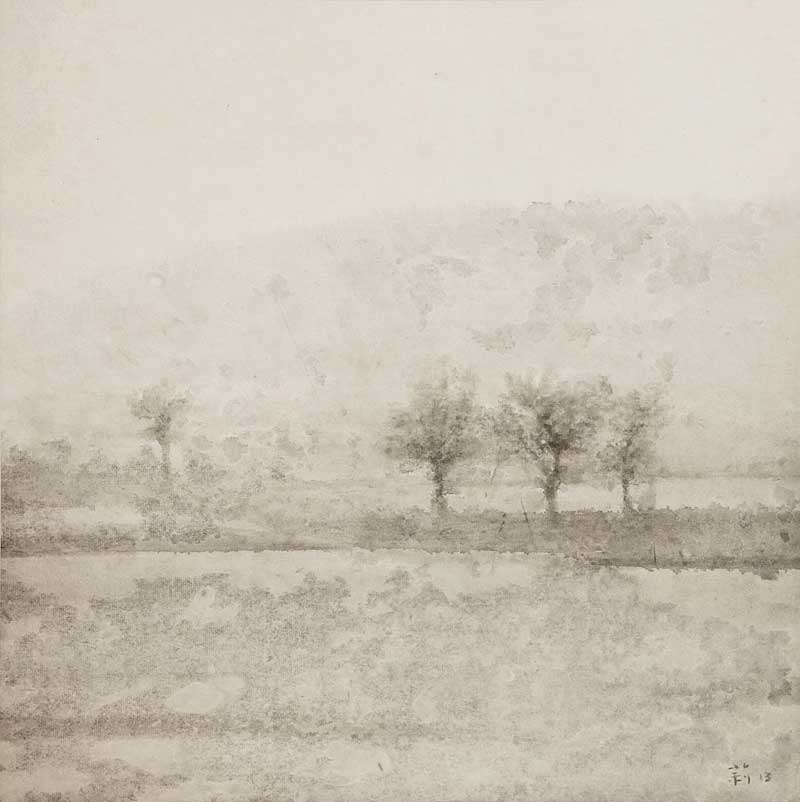
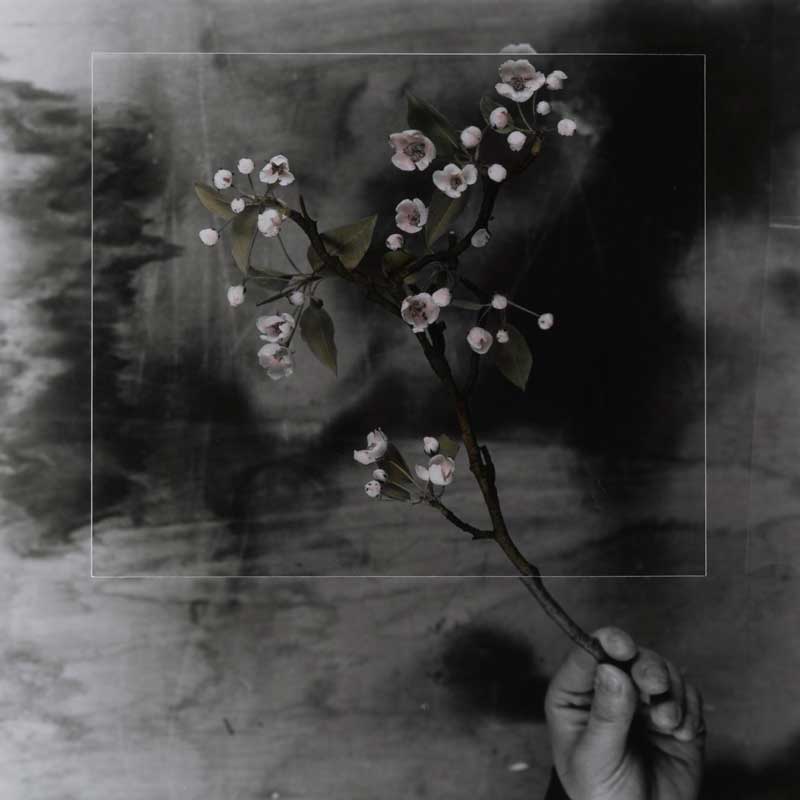

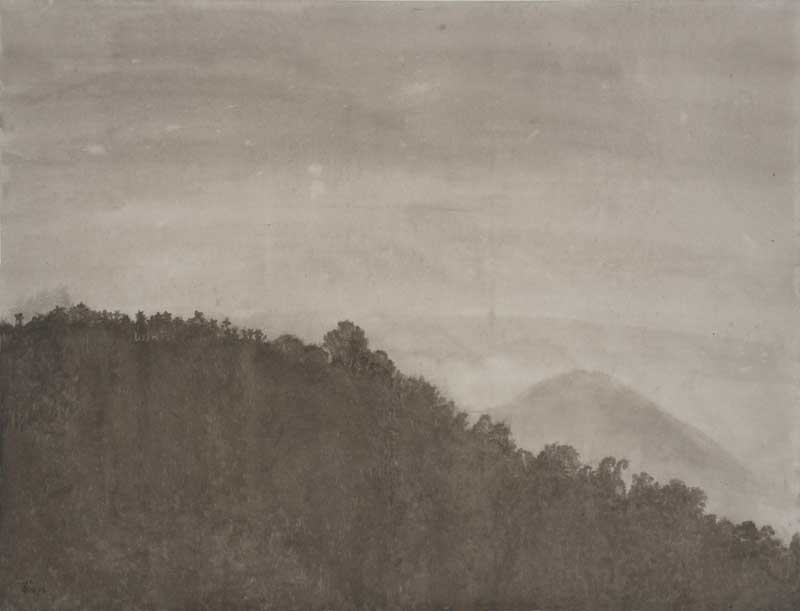
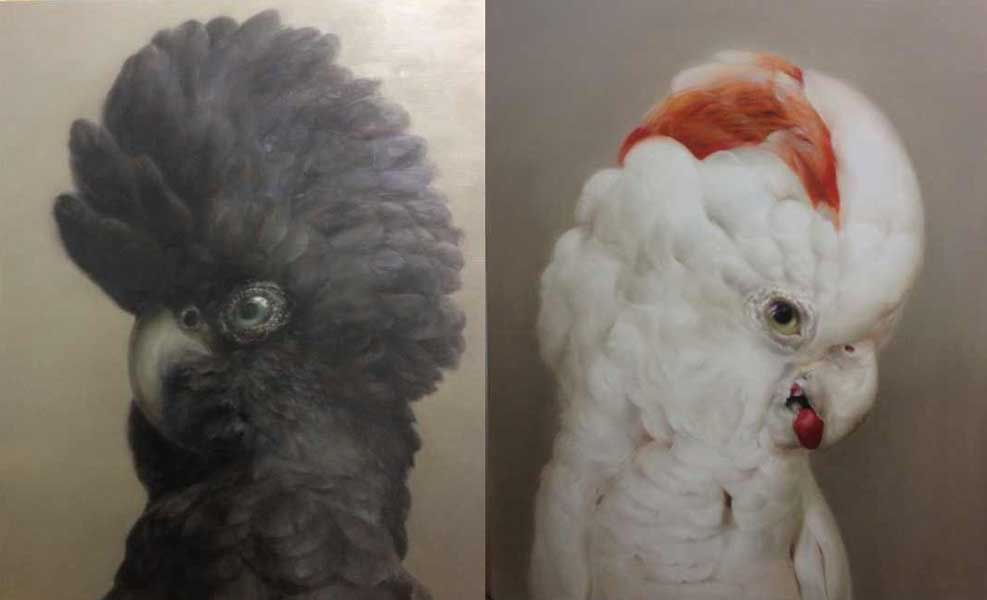
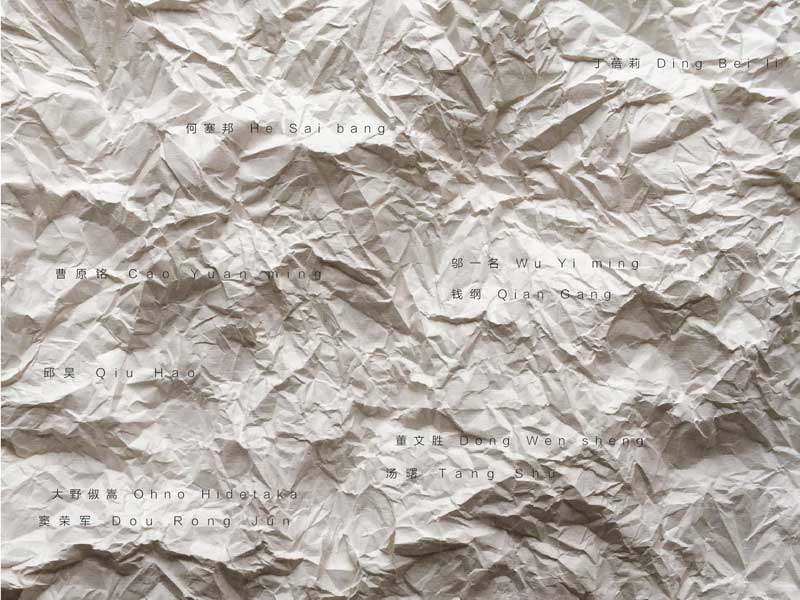
Press Release
Physicists tell us the white sunlight we see everyday consists of a spectrum of lights: red, orange, yellow, green, blue, indigo, and violet. Without a prism, we are not able to see these colors, because the white absorbs every color and hides them under its uniformity. It is the colored lights that form the white light. A simple optical phenomenon tells a natural metaphor.
From ancient times to today, whether in figurative or abstract art, white holds an irreplaceable spot in both Eastern and Western art classics. White provides an elegant and austere visual impression, and evokes a noble and indifferent feeling. In traditional Chinese painting, the white (empty space) left on paper is a well-crafted composition rather than an artist’s indolence. It is an actionless activity, as if the silence speaks. In Western contemporary art the minimalist uses white as a luxury, while the textile artist sees its complexity. White makes the audience aware of techniques, mediums, emotions, senses, and even colors.
Although specializing in different mediums, the ten artists in Aroundspace Gallery’s group show, Ten Shades of White, understand the traditions and esthetics of both Eastern and Western art. They reinterpret the meaning of white and have created works based on their own art practices. Tang Shu is a radical conservative who persistently pursues his spiritual and real world through oil painting. His techniques and thoughts are characteristic of post-modern painting, which remind us of Peter Doig. The snow scape he painted is ephemeral yet enduring. With a handful of brush strokes, He Saibang left enough empty spaces on paper/canvas, which amplified the power of white. Ohno Hidetaka’s White Flower revealed the influence of Song and Yuan painting, which can be seen as the incarnation of traditional Chinese painting in Japan. Exhibited intensively, Ding Beili is among the most important ink artists in China's post-70s generation. Dong Wensheng’s Memories in Silver series recycled the minimalist concept and reincarnated it in images of stones and flowers. After the enormous success of his first solo show, Qiu Hao became the master of interpreting white.
From installation to photography to painting, the ten artists use different mediums to explore the nuances and subtlety of white: abstract or specific, simple or complex; white is embodied in various aspects in their work, which perfectly represent this colorful world.
invicta watches on sale
vacheron constantin malte replica
u-boat replica watches review
replica rolex daytona
replica cartier santos watches
luxury replica handbags
audemars piguet royal oak replica
fake tag heuer monaco
cheap replica hublot watches
jaeger lecoultre master replica
tag heuer automatic replica
rolex date replica
replica emporio armani men watches
patek philippe gondolo replica
replica cartier roadster watches

